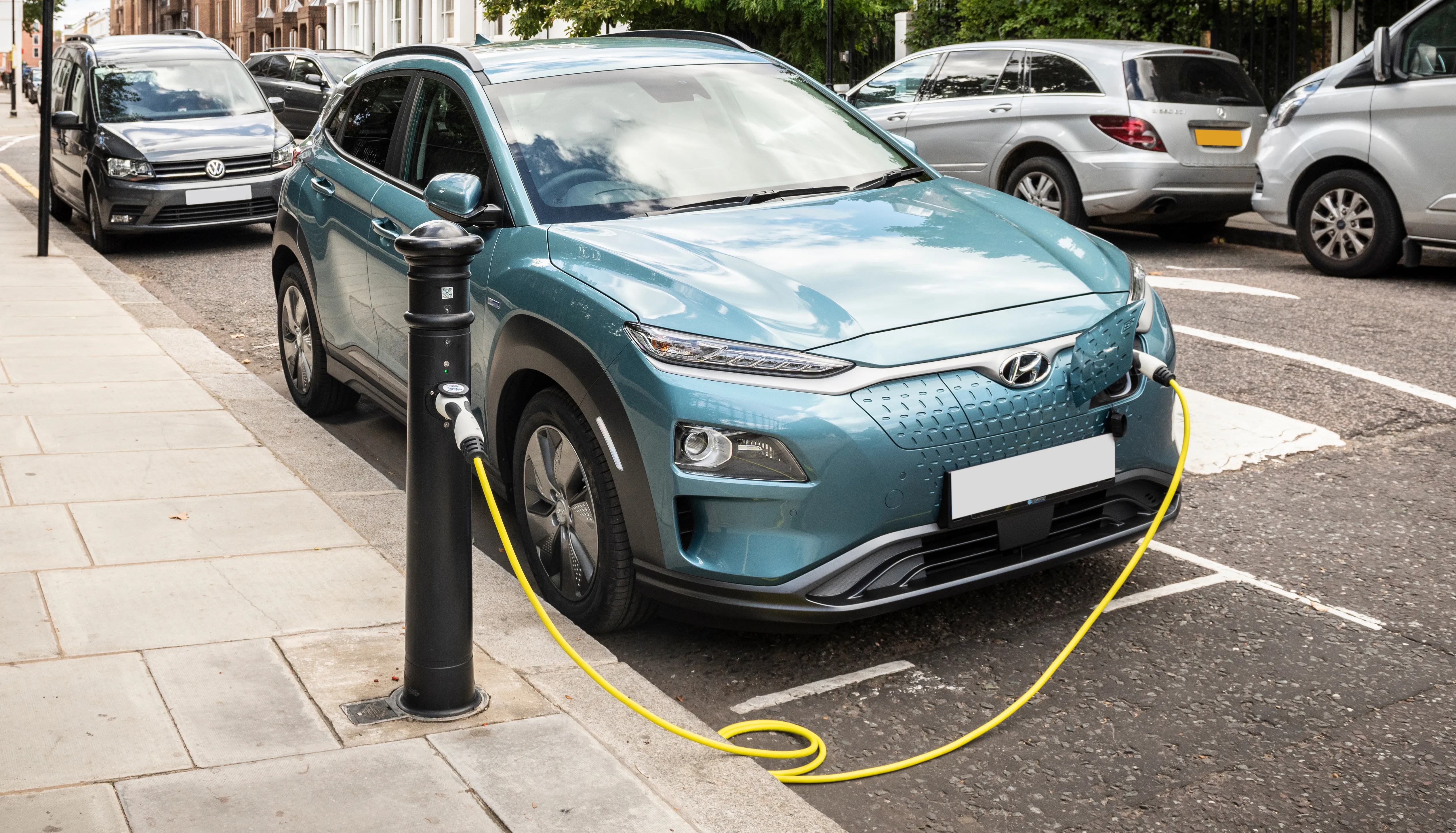New analysis from Frost & Sullivan, Strategic Analysis of Inductive Charging for Global Electric Vehicles (EV) Market, finds that the total market for inductive charging is expected to experience a compound annual growth rate of 126.6 per cent from 2012 to 2020, with approximately 351,900 units likely to be sold. Inductive charging will account for 1.2 per cent of both public and residential charging in North America and more than 2.6 per cent in Europe. Residential charging will be the most popular method,
June 13, 2014
Read time: 2 mins
New analysis from 2097 Frost & Sullivan, Strategic Analysis of Inductive Charging for Global Electric Vehicles (EV) Market, finds that the total market for inductive charging is expected to experience a compound annual growth rate of 126.6 per cent from 2012 to 2020, with approximately 351,900 units likely to be sold. Inductive charging will account for 1.2 per cent of both public and residential charging in North America and more than 2.6 per cent in Europe. Residential charging will be the most popular method, accounting for more than 70 percent of the overall charging.
The market for inductive charging will grow the fastest in Europe, owing to a number of demonstration projects conducted by government bodies, OEMs, and charging station manufacturers.
"OEMs such as2453 Renault, 838 Nissan, 2069 Daimler, 609 Volvo, 1731 BMW and 1686 Toyota are working on the development of inductive charging for future EVs, and more than 10 automakers have announced trial tests," said Frost & Sullivan Automotive and Transportation senior research analyst Prajyot Sathe. "As a result, inductive charging will soon be available in cars either as an additional feature or as an inbuilt feature."
Currently, inductive charging is offered as an aftermarket solution with attractive financing options. Yet, the cost of purchasing and installing an inductive charging solution is approximately 30 per cent higher than that of conductive charging. The time taken to charge is also longer, reducing the feasibility of what would otherwise be the most convenient way of charging EVs.
To overcome these challenges, market participants from across the value chain are partnering with OEMs to gain further opportunities for research and development. Large companies are acquiring smaller companies to strengthen their product portfolio.
"While in the short-term 3.3 kilowatts inductive charging will be widely accepted to enable residential and semi-public charging, with time, vehicles will tilt towards 6.6 kW to enable faster charging," noted Sathe. "Inductive charging in stationary applications too will be most sought after in the near-term, whereas dynamic or on-the-move charging will gain traction post-2020."
The market for inductive charging will grow the fastest in Europe, owing to a number of demonstration projects conducted by government bodies, OEMs, and charging station manufacturers.
"OEMs such as
Currently, inductive charging is offered as an aftermarket solution with attractive financing options. Yet, the cost of purchasing and installing an inductive charging solution is approximately 30 per cent higher than that of conductive charging. The time taken to charge is also longer, reducing the feasibility of what would otherwise be the most convenient way of charging EVs.
To overcome these challenges, market participants from across the value chain are partnering with OEMs to gain further opportunities for research and development. Large companies are acquiring smaller companies to strengthen their product portfolio.
"While in the short-term 3.3 kilowatts inductive charging will be widely accepted to enable residential and semi-public charging, with time, vehicles will tilt towards 6.6 kW to enable faster charging," noted Sathe. "Inductive charging in stationary applications too will be most sought after in the near-term, whereas dynamic or on-the-move charging will gain traction post-2020."







